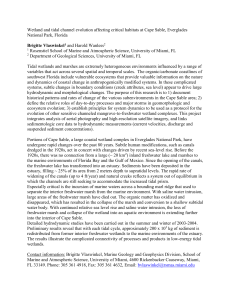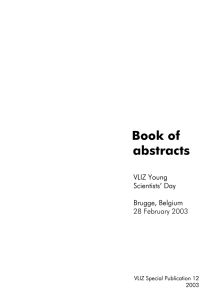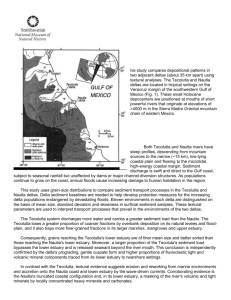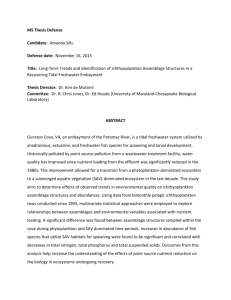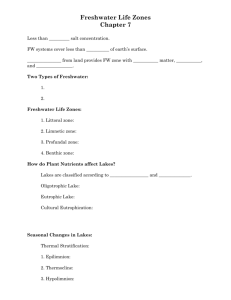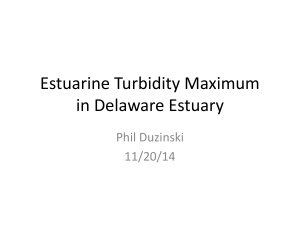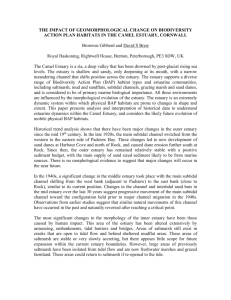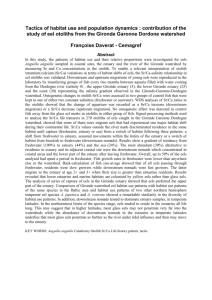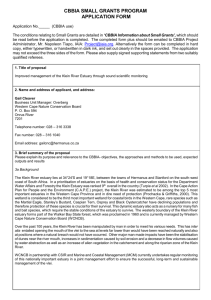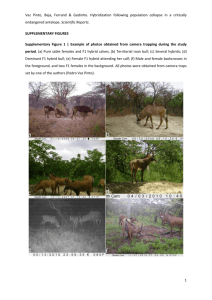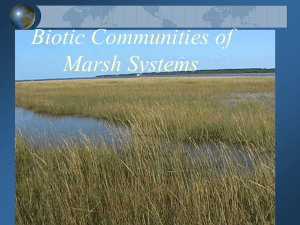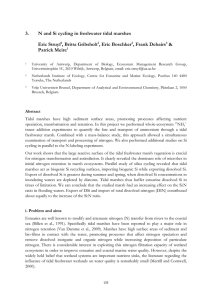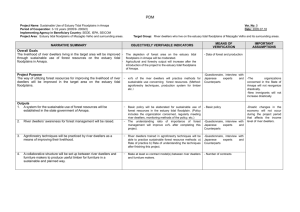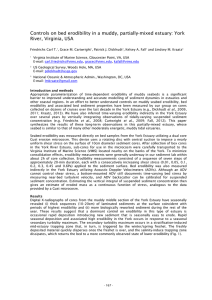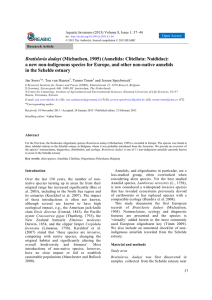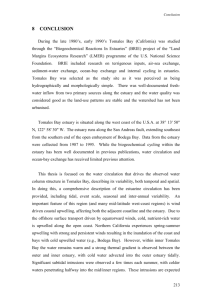abstract - University of Miami
advertisement
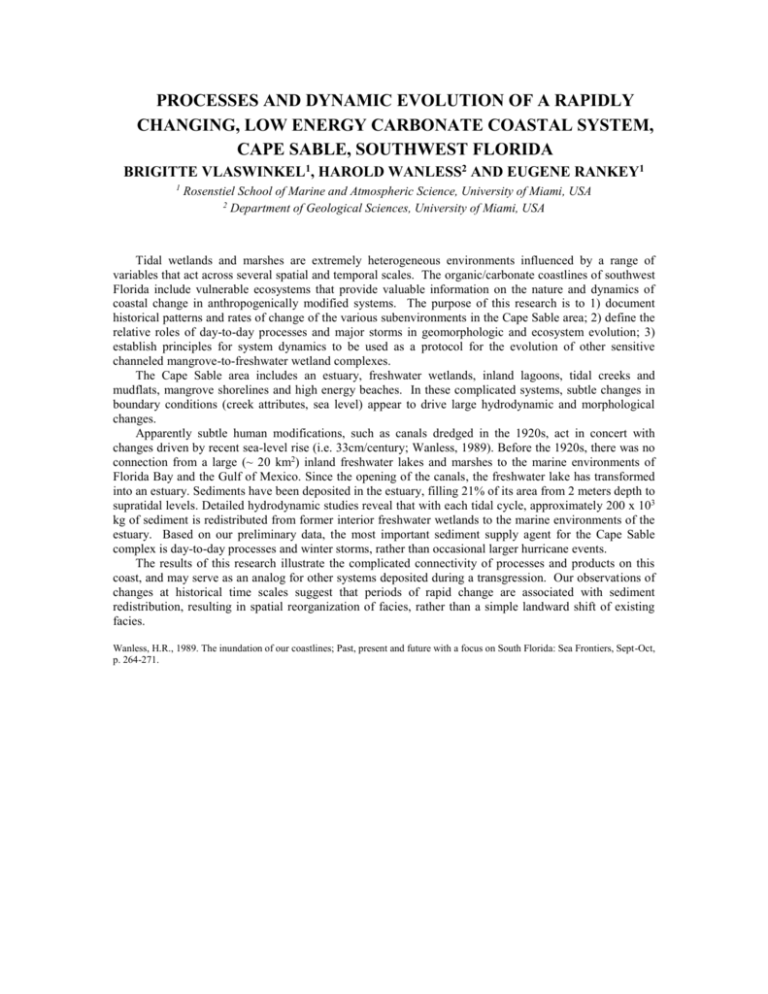
PROCESSES AND DYNAMIC EVOLUTION OF A RAPIDLY CHANGING, LOW ENERGY CARBONATE COASTAL SYSTEM, CAPE SABLE, SOUTHWEST FLORIDA BRIGITTE VLASWINKEL1, HAROLD WANLESS2 AND EUGENE RANKEY1 1 Rosenstiel School of Marine and Atmospheric Science, University of Miami, USA 2 Department of Geological Sciences, University of Miami, USA Tidal wetlands and marshes are extremely heterogeneous environments influenced by a range of variables that act across several spatial and temporal scales. The organic/carbonate coastlines of southwest Florida include vulnerable ecosystems that provide valuable information on the nature and dynamics of coastal change in anthropogenically modified systems. The purpose of this research is to 1) document historical patterns and rates of change of the various subenvironments in the Cape Sable area; 2) define the relative roles of day-to-day processes and major storms in geomorphologic and ecosystem evolution; 3) establish principles for system dynamics to be used as a protocol for the evolution of other sensitive channeled mangrove-to-freshwater wetland complexes. The Cape Sable area includes an estuary, freshwater wetlands, inland lagoons, tidal creeks and mudflats, mangrove shorelines and high energy beaches. In these complicated systems, subtle changes in boundary conditions (creek attributes, sea level) appear to drive large hydrodynamic and morphological changes. Apparently subtle human modifications, such as canals dredged in the 1920s, act in concert with changes driven by recent sea-level rise (i.e. 33cm/century; Wanless, 1989). Before the 1920s, there was no connection from a large (~ 20 km2) inland freshwater lakes and marshes to the marine environments of Florida Bay and the Gulf of Mexico. Since the opening of the canals, the freshwater lake has transformed into an estuary. Sediments have been deposited in the estuary, filling 21% of its area from 2 meters depth to supratidal levels. Detailed hydrodynamic studies reveal that with each tidal cycle, approximately 200 x 103 kg of sediment is redistributed from former interior freshwater wetlands to the marine environments of the estuary. Based on our preliminary data, the most important sediment supply agent for the Cape Sable complex is day-to-day processes and winter storms, rather than occasional larger hurricane events. The results of this research illustrate the complicated connectivity of processes and products on this coast, and may serve as an analog for other systems deposited during a transgression. Our observations of changes at historical time scales suggest that periods of rapid change are associated with sediment redistribution, resulting in spatial reorganization of facies, rather than a simple landward shift of existing facies. Wanless, H.R., 1989. The inundation of our coastlines; Past, present and future with a focus on South Florida: Sea Frontiers, Sept-Oct, p. 264-271.
